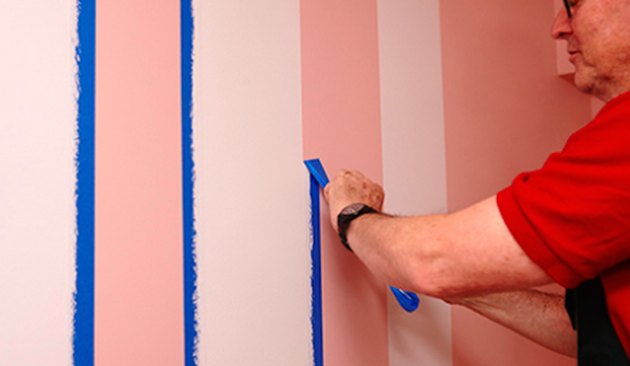Like Our Facebook Page
Painting is so easy that anyone can do it. But if that’s the case, why do professional paint jobs look so much better than amateur work? It’s because pros know how to choose colors that work for space, and they know how to choose the right paint sheen for each color. Of course, they also know how to prep and paint like pros, so the finished product has that flawlessly fresh look. So what’s the secret to getting similar results when doing it yourself?
Painting is so easy that anyone can do it. But if that’s the case, why do professional paint jobs look so much better than amateur work? It’s because pros know how to choose colors that work for space, and they know how to choose the right paint sheen for each color. Of course, they also know how to prep and paint like pros, so the finished product has that flawlessly fresh look. So what’s the secret to getting similar results when doing it yourself?
Although interior paints are available for every possible surface, there is no such thing as an all-surface paint. The wrong paint can damage a surface and often not adhere well, so it’s crucial to know in advance what goes where and when. Fortunately, modern paint technology has taken a lot of the risk out of choosing the proper paint. Formulas for so-called “latex paints” have been improved to withstand dirt, moisture, and daily wear and tear, so these paints are no longer reserved exclusively for low-traffic areas. They are as washable and durable as the old oil base paints, so you no longer have to think in terms of latex paints for walls and oil base enamels for woodwork, windows, and doors.
Still, an important factor in interior paint selection — aside from personal color preference — is gloss. Regardless of the type of coating you choose, the gloss of the one you buy will affect both its appearance and its durability. High-gloss paints are the most durable because they contain more resin than either semigloss or flat paints. Resin is an ingredient that hardens as the paint dries. The more resin, the harder the surface.
Consequently, for kitchens, bathrooms, utility rooms, doors, windows, and trim, high-gloss paints are ideal. Semigloss interior paints, with less resin and a reduced surface shine, are slightly less wear-resistant but still suitable for most woodwork. Finally, flat paints are the coatings of choice for most interior walls and ceilings because they provide an attractive, low-glare finish for surfaces that take little abuse and require only infrequent washings.





